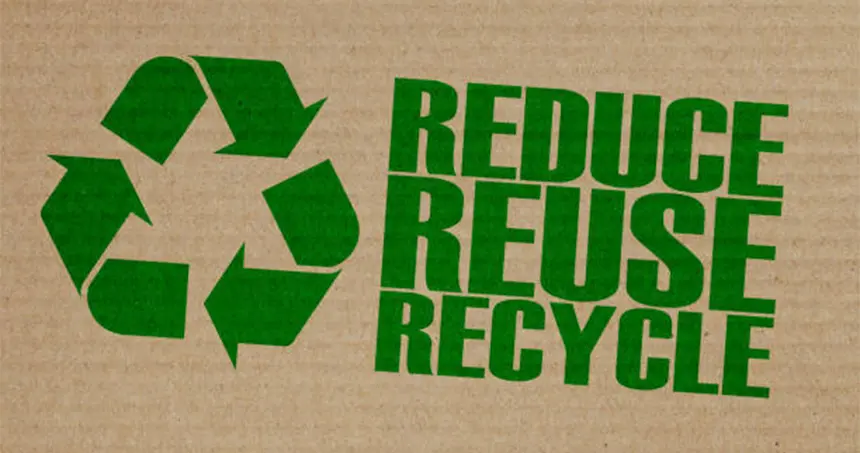Cardboard, often overlooked as a common packaging material, holds within its layers a story of innovation, utility, and heritage. Preserving this seemingly ordinary material entails a delicate balance of conservation techniques that honor its historical significance. Let’s delve into the world of cardboard conservation techniques and uncover the importance of safeguarding this integral part of our heritage.
Unveiling Historical Significance
Beyond its utilitarian role, cardboard bears witness to a rich history of industrial innovation. From its humble beginnings as a packaging material in the 19th century to its multifaceted uses today, cardboard embodies the evolution of industries, trade, and everyday life. Preserving its historical context ensures that its significance isn’t lost to time.
Delicate Restoration Methods
Conservation techniques for cardboard encompass a careful blend of preservation and restoration. Experts employ methods such as surface cleaning, stabilization, and structural reinforcement to maintain its integrity while respecting the historical character of aged cardboard artifacts. Every intervention aims not just for functionality but also to retain the essence of its era.
Embracing Innovation in Preservation
The conservation of cardboard heritage isn’t merely about maintaining the old; it’s also about infusing innovation. Modern advancements in conservation technologies allow for a nuanced approach. Cutting-edge tools and materials complement traditional methods, ensuring that while preserving the past, cardboard remains durable and functional for future generations.
Sustainability in Preservation
In the pursuit of heritage preservation, sustainability takes precedence. Conservation efforts increasingly focus on eco-friendly practices, advocating for the use of recycled materials and responsible sourcing. Balancing preservation with environmental stewardship ensures that the legacy of cardboard doesn’t compromise the well-being of the planet.
Educating for Preservation
Preserving cardboard heritage is a shared responsibility. Educating industries, consumers, and conservationists about the historical significance of cardboard fosters a collective commitment to its preservation. Awareness initiatives highlight the importance of cardboard as more than just a material, but as a symbol of innovation and heritage.
The Future of Cardboard Preservation
As industries evolve, so do preservation techniques. Innovations in materials, design, and conservation methods pave the way for a future where cardboard heritage remains not just intact but also adaptable to changing needs. Preservation efforts evolve alongside advancements, ensuring a continuum of heritage conservation.
Conclusion
Preserving heritage through cardboard conservation techniques is a testament to our commitment to honoring the past while embracing the future. The conservation efforts applied to this seemingly humble material speak volumes about our respect for history and innovation. By safeguarding cardboard artifacts, we bridge the past with the present, preserving a legacy for generations to come.
In the realm of cardboard conservation, each fold, crease, and layer tells a story—an ode to innovation, functionality, and the resilience of heritage.







